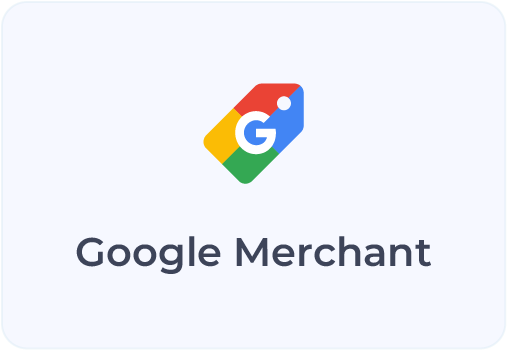Dynamic pricing gives ecommerce brands an edge — but it’s not without risks. When pricing is driven by real-time data, things dynamic pricing can cause problems if you’re not careful. Margins can disappear. Customers can lose trust. Competitors can game your strategy.
Still, none of that means dynamic pricing isn’t worth using. The real issue isn’t the tool — it’s how you implement it. With the right guardrails in place, the benefits far outweigh the risks. Let’s break down the most common problems with dynamic pricing, and how to avoid them.
Avoidable problems with dynamic pricing
Yes, there are several reasons that using dynamic pricing incorrectly can cause problems, but the key word there is incorrectly. Foundationally, dynamic pricing is designed to help increase your profit margins and conversion rates, but haphazardly implementing it can hurt more than it helps.
Price volatility that confuses customers
Frequent price changes can frustrate or alienate customers, especially if they see prices shift dramatically in short windows of time. It creates uncertainty — should they buy now or wait? Will they get penalized for checking out on a different day?
The solution is transparency. Let customers know when and why prices may vary. Use messaging like “prices updated daily” or “based on real-time demand” to set expectations and avoid one of the biggest problems with dynamic pricing done poorly. And don’t swing too far in either direction — dynamic pricing should optimize, not destabilize.
Margin erosion from over-discounting
When dynamic pricing is set to aggressively undercut the competition, margins can erode fast. Algorithms may drop prices too low to win visibility or clicks — without factoring in profitability.
You can avoid this by setting pricing floors and MAP thresholds in your dynamic pricing software. That way, no matter how competitive the market gets, you’ll protect your bottom line. Effective dynamic pricing doesn’t just chase sales — it safeguards margin.
Data overload and decision fatigue
Dynamic pricing only works if the inputs are clean. But many retailers struggle with fragmented product data, duplicate SKUs, or mismatched listings — especially when managing feeds across marketplaces.
This leads to decision fatigue. Pricing managers drown in spreadsheets, and no one feels confident pulling the trigger on price changes. Strong data hygiene and automated product matching is the fix here. A dynamic pricing tool with robust feed and catalog syncing will keep your inputs clean and your pricing strategy reliable.
Competitors reacting to your moves
If you’re adjusting prices in real-time, chances are your competitors are too. You might trigger a price war — or worse, get trapped in a reactive loop where everyone races to the bottom.
Smart dynamic pricing avoids this by using more than just competitor prices. It considers inventory levels, demand patterns, ad performance, and conversion data to price more strategically. Dynamic doesn’t mean impulsive — the best systems let you play offense, not just react.
Customer trust erosion
When customers see prices that feel inconsistent or unfair, it hurts brand perception. This is especially true if loyal buyers feel penalized for timing their purchase wrong, or see different prices in different regions.
To build trust, keep your pricing logic defensible. If dynamic pricing reflects real demand or inventory availability, communicate that clearly. Don’t let pricing feel like a black box — transparency builds confidence.
Lack of control over pricing logic
Some brands hesitate to adopt dynamic pricing because they worry about giving up control. If pricing decisions are driven entirely by algorithms, how do you maintain oversight?
The best tools solve this by giving you customizable rules. You set the pricing guardrails, competitive positioning, and margin targets — the system just executes your strategy at scale. It’s not about losing control — it’s about automating the smart decisions you’d want to make anyway.
Technical integration issues
Plugging a dynamic pricing engine into your ecommerce platform, feed tools, and ad systems can feel daunting. Missed syncs or lag time between updates can cause outdated pricing to go live — and cost you sales.
A seamless integration process is non-negotiable. Choose a tool that connects cleanly to your tech stack and pushes updates in real-time. Good dynamic pricing software shouldn’t create friction — it should streamline your pricing operations end to end.
Final thoughts on the problems with dynamic pricing
Dynamic pricing isn’t inherently risky. The real problems come from weak execution — not enough guardrails, dirty data, or tools that are too rigid or opaque. With the right approach, dynamic pricing becomes one of your most powerful levers for growth.
The key is finding a pricing platform that balances speed with strategy, automation with oversight. That’s exactly what you get with modern dynamic pricing software designed for ecommerce teams.If you’re on Shopify and want to keep your pricing competitive without compromising margins, the Intelis app offers everything you need to get started.






